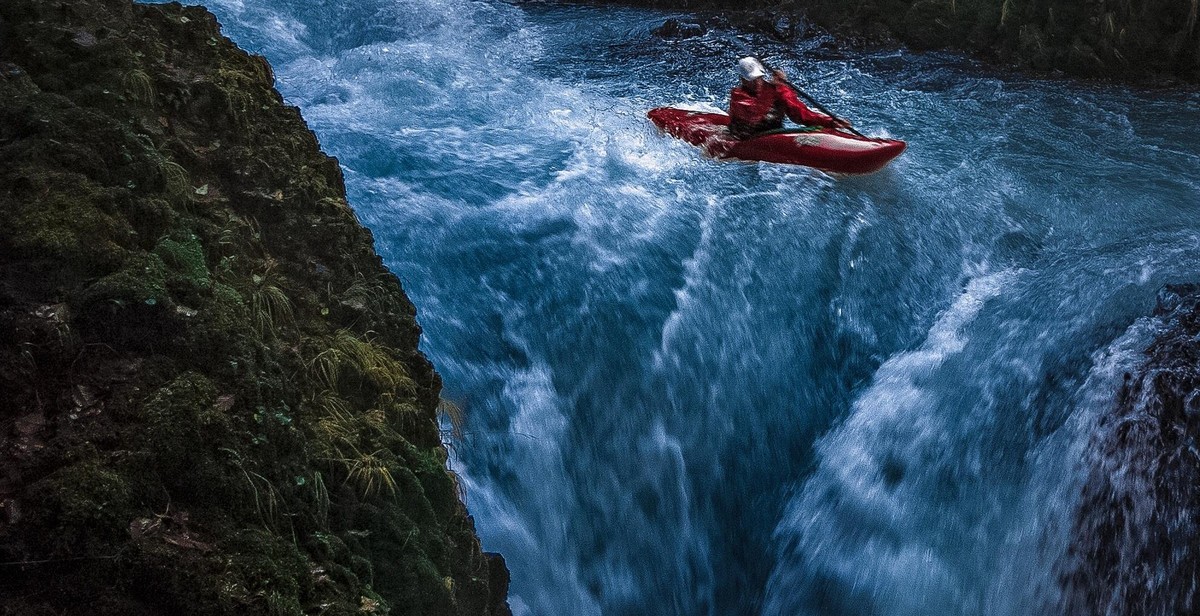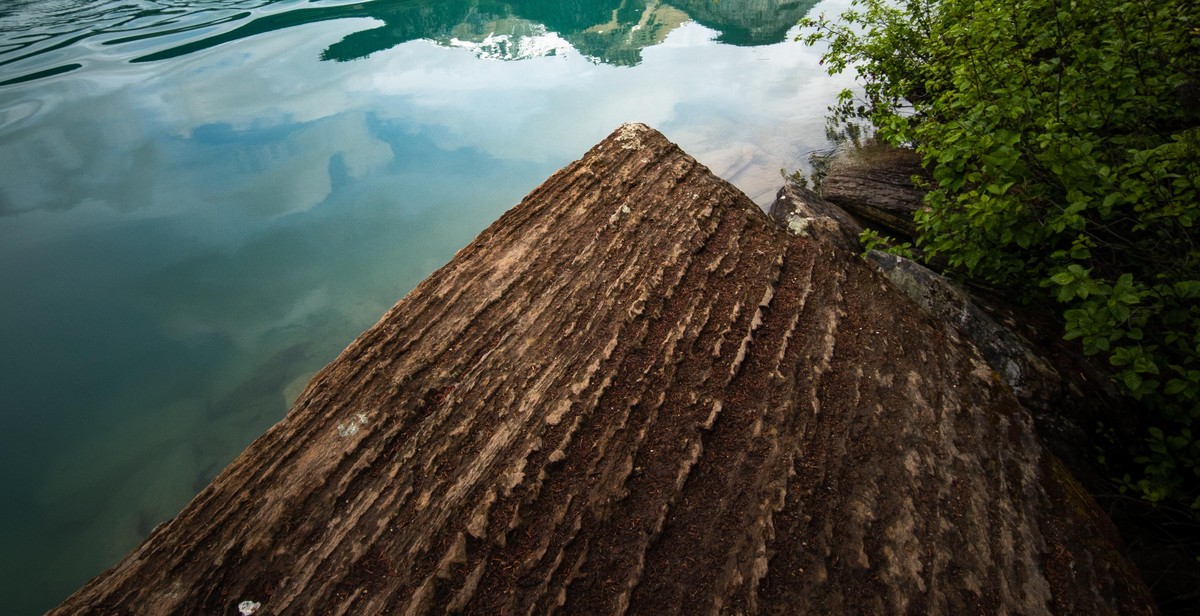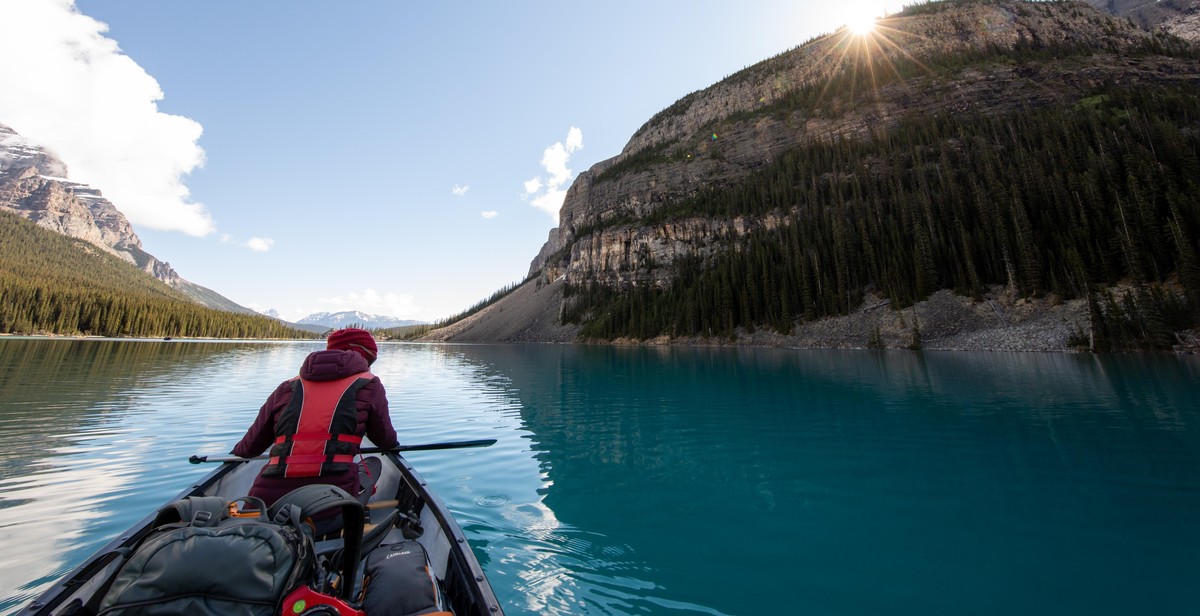How to Start a Kayaking Adventure: Tips and Essential Gear
Kayaking is a thrilling outdoor activity that provides an excellent opportunity to explore the waterways and enjoy nature’s beauty. Whether you want to paddle down a river, explore a lake, or navigate through the ocean, kayaking is a fantastic way to get out and explore the water. Kayaking is also an excellent workout that can help you build strength, endurance, and improve your overall health and wellbeing.
Why Kayaking is a Great Adventure
Kayaking is a great adventure because it allows you to experience nature in a unique and exciting way. You can explore remote areas that are not accessible by foot or vehicle, observe wildlife up close, and enjoy the serenity and tranquility of being on the water. Kayaking is also a fun and challenging activity that requires skill, technique, and practice. It can be a solo adventure or a group activity, making it an excellent choice for families, friends, or even team building exercises.
If you are new to kayaking, it can be overwhelming to know where to start. This article will provide you with tips and essential gear to help you get started on your kayaking adventure.

Getting Started with Kayaking Adventure
Kayaking is a thrilling outdoor activity that is perfect for adventure seekers and nature lovers. Whether you’re looking for a leisurely paddle on a calm lake or an adrenaline-pumping ride through rapids, kayaking has something for everyone.
Before you get started, there are a few things to consider to ensure a safe and enjoyable experience. Here are some tips on how to start a kayaking adventure:
Choosing the Right Kayak
The first step in starting your kayaking adventure is to choose the right kayak. There are several types of kayaks to choose from, including sit-in, sit-on-top, and inflatable kayaks.
- Sit-in kayaks are the most traditional type of kayak, with a cockpit that you sit inside. They are great for colder weather and rougher waters.
- Sit-on-top kayaks are more beginner-friendly and easier to get in and out of. They are ideal for warmer weather and calmer waters.
- Inflatable kayaks are convenient and easy to transport, making them a great option for those who don’t have a lot of storage space.
Consider your skill level, the type of water you’ll be kayaking in, and your budget when choosing a kayak.
Selecting the Right Paddle
The next step is to choose the right paddle. Paddles come in different lengths, materials, and blade shapes. A good rule of thumb is to choose a paddle that is the right length for your height, and a blade shape that is appropriate for the type of kayaking you’ll be doing.
Essential Kayaking Gear
Once you have your kayak and paddle, it’s time to gear up. Essential kayaking gear includes a personal flotation device (PFD), a helmet for whitewater kayaking, a spray skirt for sit-in kayaks, and appropriate clothing and footwear.
Safety Precautions
Safety should always be a top priority when kayaking. Before you hit the water, make sure to check the weather forecast, tell someone where you’ll be kayaking and when you’ll be back, and familiarize yourself with the waterway and any potential hazards.
Always wear your PFD, stay hydrated, and avoid alcohol consumption while kayaking.
With the right equipment and safety precautions, kayaking can be a fun and rewarding experience. Get out there and explore the great outdoors!

Kayaking Techniques
Kayaking is a thrilling adventure activity that requires some basic techniques to master. Here are some essential kayaking techniques to help you navigate your way through different water conditions.
Basic Kayaking Strokes
Before heading out on your kayaking adventure, it’s essential to learn the basic kayaking strokes. These strokes include:
- Forward Stroke: This is the most basic and essential stroke in kayaking. It involves dipping the paddle blade in the water and pulling it towards the stern of the kayak. This stroke propels the kayak forward.
- Reverse Stroke: This stroke helps you move your kayak backward. It involves pushing the paddle blade away from the stern of the kayak.
- Sweep Stroke: This stroke helps you turn your kayak. It involves sweeping the paddle blade in an arc from the bow to the stern of the kayak.
- Draw Stroke: This stroke helps you move the kayak sideways. It involves pulling the paddle blade towards the kayak’s side.
Paddling Techniques for Different Conditions
The paddling techniques you use will depend on the water conditions you encounter. Here are some paddling techniques for different water conditions:
- Flatwater Paddling: This involves using the forward stroke to propel the kayak forward in calm waters. You can also use the sweep stroke to turn the kayak.
- Whitewater Paddling: This involves using a combination of strokes to navigate rapids and rough waters. You can use the forward stroke, draw stroke, and sweep stroke to maneuver your kayak through rapids.
- Sea Kayaking: This involves using the forward stroke and sweep stroke to navigate through waves and currents. You can also use a sculling stroke to maintain your course.
Navigating Rapids and Rough Waters
When kayaking through rapids and rough waters, it’s essential to keep safety in mind. Here are some tips for navigating rapids and rough waters:
- Always wear a helmet and a personal flotation device.
- Stay alert and aware of your surroundings.
- Use a combination of strokes to maneuver your kayak through rapids.
- Keep your paddle close to the kayak to avoid getting it stuck in rocks or other obstacles.
- Always paddle with a partner.
By mastering these kayaking techniques, you’ll be able to enjoy a safe and thrilling kayaking adventure.

Planning Your Kayaking Adventure
Before embarking on a kayaking adventure, it is essential to plan your trip properly. A well-planned trip can make all the difference between a successful and enjoyable adventure and a disastrous one. Here are some essential tips for planning your kayaking adventure:
Choosing a Destination
The first step in planning your kayaking adventure is to choose a destination. Consider your skill level, the time of year, and the type of water you want to paddle. Some popular kayaking destinations include lakes, rivers, and oceans. Research the area you want to visit and find out about the water conditions, local laws and regulations, and any potential hazards.
Planning Your Route
Once you have chosen your destination, plan your route. Decide on the distance you want to cover each day and the number of days you want to spend on the water. Consider the weather conditions, tides, and currents when planning your route. Make sure you have a map and a compass, and know how to use them. Plan your stops and campsites along the way, and make sure you have a backup plan in case of an emergency.
Preparing for Your Trip
Before you embark on your kayaking adventure, make sure you have all the essential gear and equipment. This includes a kayak, paddle, personal flotation device (PFD), spray skirt, and dry bags or waterproof containers for your gear. Dress appropriately for the weather conditions and wear sunscreen and a hat. Bring enough food and water for your trip, and make sure to pack a first-aid kit and a repair kit for your kayak.
It is also important to let someone know where you are going and when you expect to return. Check the weather forecast before you leave and keep an eye on the weather while on the water. Be aware of your surroundings and any potential hazards, such as rocks, rapids, or wildlife.
By following these essential tips, you can plan a successful and enjoyable kayaking adventure. Remember to always prioritize safety and be prepared for any situation that may arise.
Conclusion
Starting a kayaking adventure can be a thrilling and rewarding experience. With the right tips and essential gear, you can ensure a safe and enjoyable trip on the water.
Tips Recap
- Research the location and weather
- Take a kayaking course or hire a guide
- Practice proper paddling techniques
- Bring proper safety equipment
- Stay hydrated and protect yourself from the sun
By following these tips, you can minimize the risks associated with kayaking and maximize your enjoyment of the experience.
Essential Gear Recap
| Item | Description |
|---|---|
| Kayak | A sit-in or sit-on-top kayak suitable for your skill level and intended use |
| Paddle | A paddle that is the right length and blade shape for your body and paddling style |
| Personal flotation device (PFD) | A properly fitted PFD that meets safety standards |
| Safety whistle | A whistle that can be heard from a distance in case of an emergency |
| Bilge pump | A pump to remove water from the kayak in case it capsizes or takes on water |
| Spray skirt | A skirt that fits around the cockpit of a sit-in kayak to keep water out |
Investing in quality gear will not only enhance your kayaking experience but also keep you safe on the water.
Final Thoughts
Starting a kayaking adventure may seem daunting, but with the right preparation and mindset, it can be an unforgettable experience. Remember to always prioritize safety, respect the environment, and have fun!
